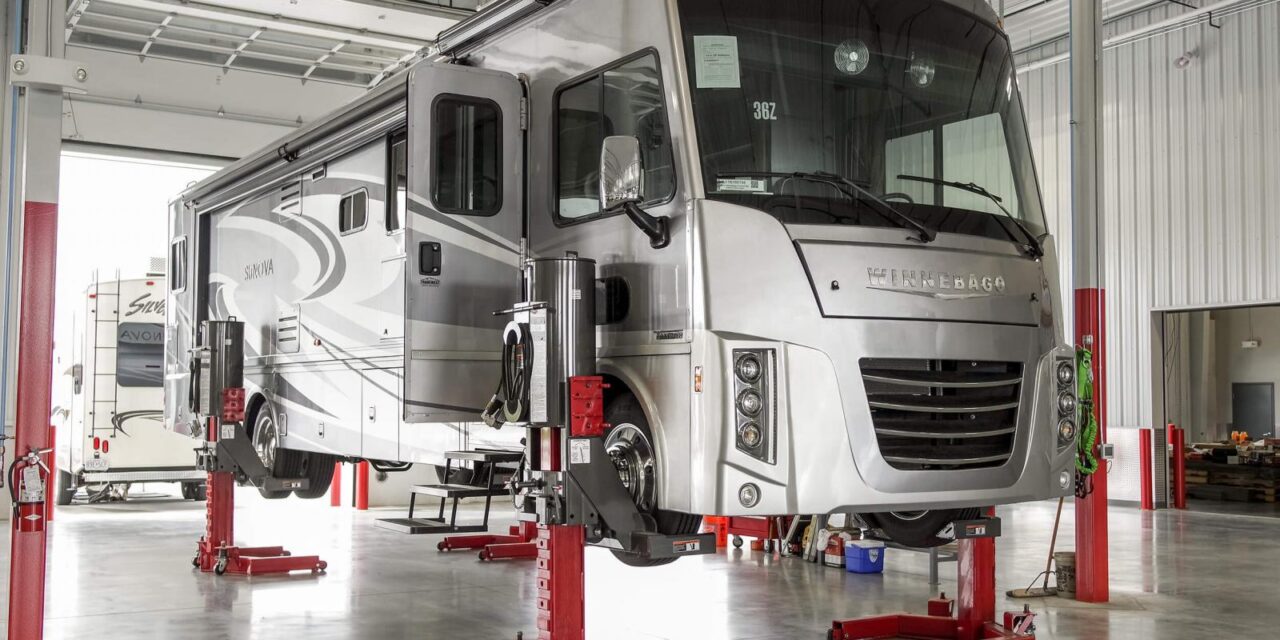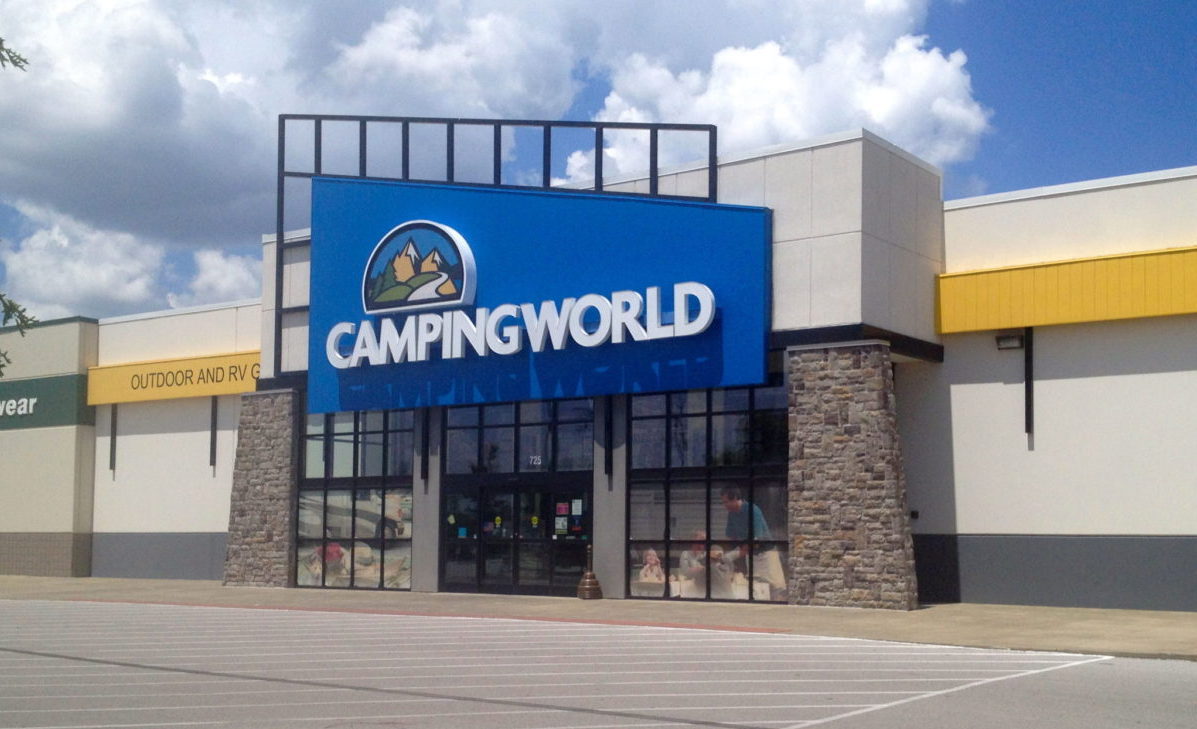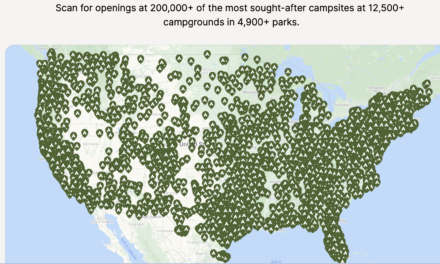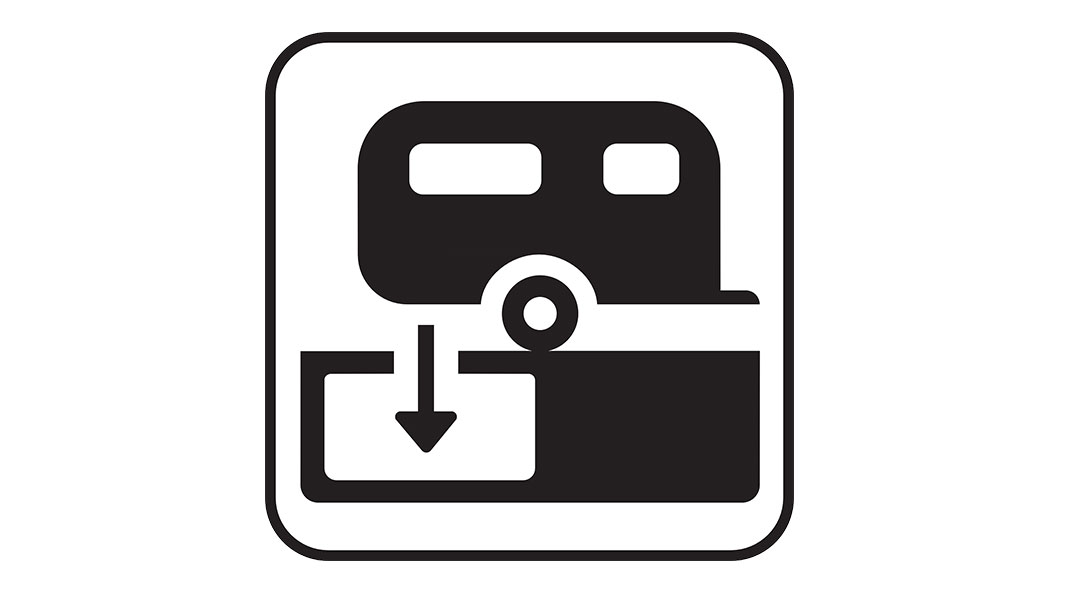The Truth Behind RV Repairs – Owners are Waiting How Long?
Recreational Vehicles (RVs) have always been synonymous with freedom, exploration, and the joy of the open road. However, they’re not impervious to wear and tear (not even close). But why are owners waiting so long for RV repairs?
Of course, many RVs come with, shall we say, manufacturer imperfections? When things go awry, new RV owners often find themselves stuck in an unexpected rut – the lengthy and complicated process of RV repair at their dealership’s service department.
According to the most recent data, the average time an RV sits in a repair facility when there’s a problem is 34 days. And it can be much longer.
Repair Event Cycle Time for RV Repairs
The amount of time a repair takes is something the industry calls “Repair Event Cycle Time (RECT), which marks the duration between the start and completion of a repair work order at an RV dealership.
This “34 days” number was extrapolated from over 41,000 work orders across 288 dealerships in the United States by a company called IDS, which makes the software that tracks service at repair centers, and it presents a daunting picture.

Key bottlenecks in the repair process include parts availability, service bay availability, technician availability, and the often-arduous warranty approval process.
42% of the average 109 work orders in progress at any given dealership are awaiting the resolution of warranty issues, and 24% are delayed due to out-of-stock parts.
These problems add substantial time to the RECT. The average warranty repair takes 50 days, and if your parts are out of stock, it’s a staggering average of 73 to get a repair done. That’s over 3 months.
Given these long timelines, many RV owners often look for alternatives. Just don’t let problems that are causing damage, like water issues, wait and get worse. One good option is employing a mobile service technician who will travel to your location to perform the repair.
While not all manufacturers or warranties cover mobile technician services, the cost of $200 to $300 for the service call (plus parts and additional labor) is often a worthy trade-off to keep you from missing that upcoming camping trip. Tasks such as replacing trim or fixing a malfunctioning furnace, water heater, or water pump can be easily handled by a mobile technician, saving your RV from spending weeks or even months in a dealership lot.
How to Speed Up the RV Repairs Process
But if you need to bring your RV into a repair shop for service, staying proactive in the process is a good idea. The last thing you want to do is drop it off and wait for someone to tell you it’s done.

With so many repairs underway, unfortunately, the squeaky wheel gets the grease. Regular communication with both the dealer and the RV manufacturer can expedite repair work and prevent misunderstandings. Instances where the dealer claims to be waiting on the manufacturer, only for the manufacturer to deny any contact, can be avoided with frequent and open dialogue.
Of course, keeping up on RV maintenance tasks can help you avoid needing certain types of repairs, and it’s worth knowing a thing or two about making repairs yourself.
YouTube videos are a big help. And you can start your buying process by picking a dealer with lots of bays in its RV service center and decent reviews on Google. Dealerships usually prioritize work from customers who bought the RV from them.
But you’re bound to have something happen to your RV, and it may be something that needs to be fixed on the road. Don’t be intimidated. There are still dealerships out there that will offer you some good service and get you looked at the next day if it’s an emergency.
Why is RV repair such a problem, when automobile repair is much more reasonable? Well, it’s more challenging to track down electrical or plumbing issues inside an RVs walls, roof, and floor than it is to plug a code reader into a vehicle. Cars are built in a standardized way, and the sheer volume produced makes most problems known to mechanics.
There are 11 million or more RVs on the road – twice as many as 20 years ago, but the same number of technicians.
There are more RV brands than car brands, and they all have dozens of floorplans. Parts backlogs that have plagued every industry since COVID began have continued to compound. With 109 RVs awaiting a repair in your average dealership’s parking lot, the number of service bays and technicians available makes the problem even worse. There are 11 million or more RVs on the road – twice as many as 20 years ago, but the same number of technicians.
RV Industry Cutting Corners?
Of course, the RV industry has also been accused of cutting corners with quality during this recent boom in sales. It’s not just customers saying it; dealers are too. And when an RV arrives at a dealer’s lot and needs repair immediately, that takes time in the service bays away from a customer in need.
The RV industry, both manufacturers and dealers, are keenly aware of these problems and are taking steps to reduce RECT. It actually began before the pandemic, when there was a real push for increased quality. Some brands thought they would compete on that key point as sales were lagging in early 2020. Many RV manufacturers were building new quality control facilities and factory service facilities where they could take care of some of the worst issues themselves. Manufacturers, suppliers, and dealers met to standardize technician training and diagnostic techniques. They launched the RV Technical Institute to train and certify technicians in Indiana and in-house at dealerships nationwide.
But then, COVID hit, and what followed was a boom in RV sales, unlike anything anyone had seen, paired with a shortage of labor and worldwide supply chain nightmares.
Now that things have calmed down a bit. The effort is showing promise, with the average RECT reducing from 44 days a year ago to the now 34 days. Part of that is due to improving supply chains that are bringing down parts backorder issues. But those supply chain issues also spawned some initiatives that may enhance service for years to come.
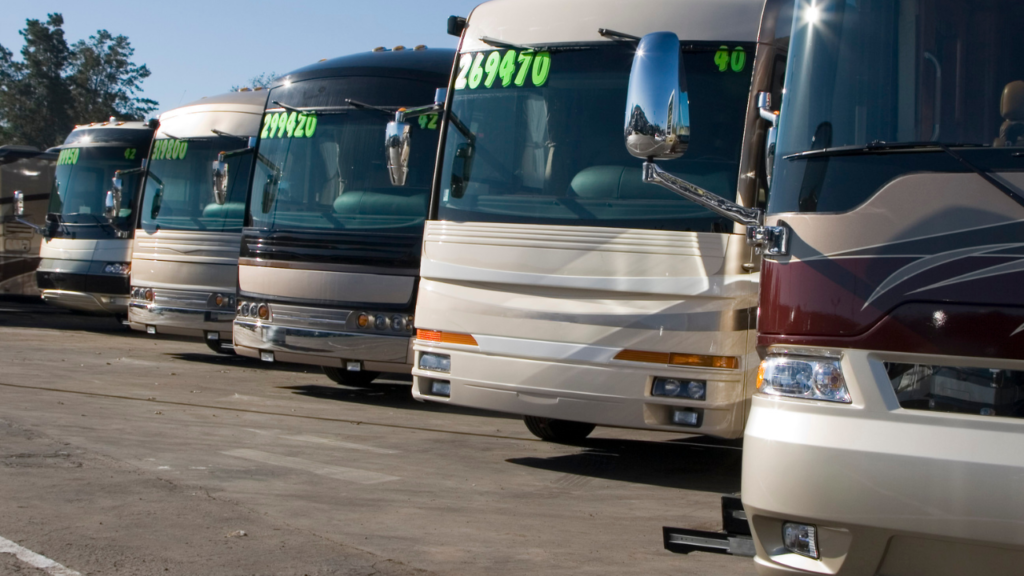
Handling Future Supply Issues
Big dealership chains are establishing strategically located parts warehouses across the country, and manufacturers, too, are expanding their storage capacities to accommodate more parts. There are lots of parts that are virtually the same in every RV, but certain components, such as odd-sized windows, countertops, sinks, or specific cabinetry and trim, can be hard to find when interior colors change every year.
One manufacturer told me that they aim to always have parts in stock for everything you might need from the past three model years. That manufacturer built a brand new warehouse to do it. Part of that effort is to help you get parts when needed, but it’s also to protect the manufacturer from future worldwide supply disruptions.
The RV industry is feeling the pinch across the board from sales that have dropped over 25% this year. There’s still pain to come as interest rates and inflation continue to rise. Hopefully, from the ashes will emerge an RV industry that can handle a repair in a timely manner so that you can camp when you wish.
Until then, by staying informed, proactive, and open to alternative repair options, you can minimize your RV’s downtime and get back to enjoying the freedom and adventure that you bought it for.

